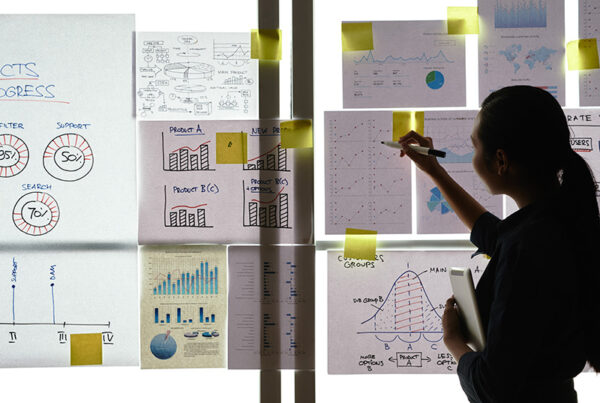Short Answer
Implementing a SaaS billing system typically takes 6 to 12 weeks. The timeline depends on billing model complexity, integration to upstream and downstream systems, and the cleanliness of historical contract data.
Why Billing System Timelines Vary So Widely
On the surface, billing sounds transactional. But the implementation touches every layer of your revenue tech stack:
- CRM → CPQ → Billing → Revenue recognition → GL
- Products → Plans → Contract logic → Invoicing → Metrics
The true blockers aren’t technical—they’re financial and operational. Most SaaS companies underestimate how billing implementation success depends on the accuracy and completeness of data in the CRM system and/or the SaaS product.
How SaaS Teams Actually Implement Billing Systems
- Requirements Mapping: Align stakeholders on billing rules, payment terms, mid-contract changes, and ASC 606 considerations. This step exposes gaps in logic buried in spreadsheets.
- System Configuration: Set up product catalog, pricing rules, proration logic, discounting policies, billing frequencies, and revenue schedules.
- Data Migration & Integrations: Import customer records, historical invoices, and active contracts. Connect Salesforce, ERP, usage feeds, and payment gateways.
- Testing & Validation: Dry run invoice generation. Execute a parallel run of both the new and legacy systems for several months. Compare the outputs of the new and old systems to ensure accuracy.
- Phased Implementation : Avoid the big switch cutover of all billing at the same time. Launch the new billing system with a smaller community, such as new accounts, then gradually phase in the existing customer base.
Finance-led teams with clean CRM data can often go live in 30–45 days. More complex migrations involving usage-based billing or messy legacy data often take 10–12 weeks.
Real-World SaaS Example
A B2B SaaS company migrated off QuickBooks to a modern billing platform. They had:
- 400+ live contracts
- 3 product lines (monthly, annual, usage-based)
- Hybrid milestone and recurring billing rules
They were implemented in 11 weeks. Milestone billing was rebuilt as API-triggered events. Usage metering synced via batch files.
Net result:
- Fully automated billing runs
- Issued in voices 5 days faster
- Reduced billing errors by 90%
- Accelerated cash flow and lowered DSOs
Best Practices for SaaS Billing System Implementation
- Define the future state — Take the time to understand the limitations of your current billing system and identify the ideal future state you hope to achieve with the new billing system.
- Stress test complex use cases – Contract modifications such as upgrades (user or tier upgrades), downgrades, and early renewals often break billing systems. Overage fees and rollovers for usage are other examples.
- Invest in integrations – Set up webhooks and API connections to your CRM, SaaS product, tax automation, and accounting software.
- Parallel run – Test for several months with both the new and old system running at the same time. Compare the outputs of both systems to identify errors.
- Cross-functional team – Don’t limit the project team to just finance. Involve all the key stakeholders from rev ops, engineering, product management, and customer success.
One-Sentence SaaS Takeaway
Although, billing systems are often viewed as back office applications, they are oen of the most important applications in the business that drive the cash flow needed to operate the business and directly impact the customer experience.
Frequently Asked Questions
Can a SaaS billing system be implemented in less than 30 days?
Yes, if your pricing models are simple, contracts are standardized, and integrations are light. Most sub-30 day go-lives are finance-led without IT dependency.
What’s the biggest factor that delays implementation?
Lack of participation from key stakeholders outside of the finance team such as engineering, revenue operations, or customer success.
Does revenue recognition affect the billing system implementation?
It can. Many billing systems also provide revenue accounting functionality. The two functions are closely interrelated and should be deployed simultaneously.
Can finance teams configure the system without engineering?
With no-code platforms like Ordway, yes. Most billing logic, schedules, and invoice templates can be handled entirely by the finance team.
How do usage-based models impact timeline?
They extend it—by 2–3 weeks on average. Usage data requires metering logic, API/event feed setup, and mapping for invoice generation and revenue schedules.



